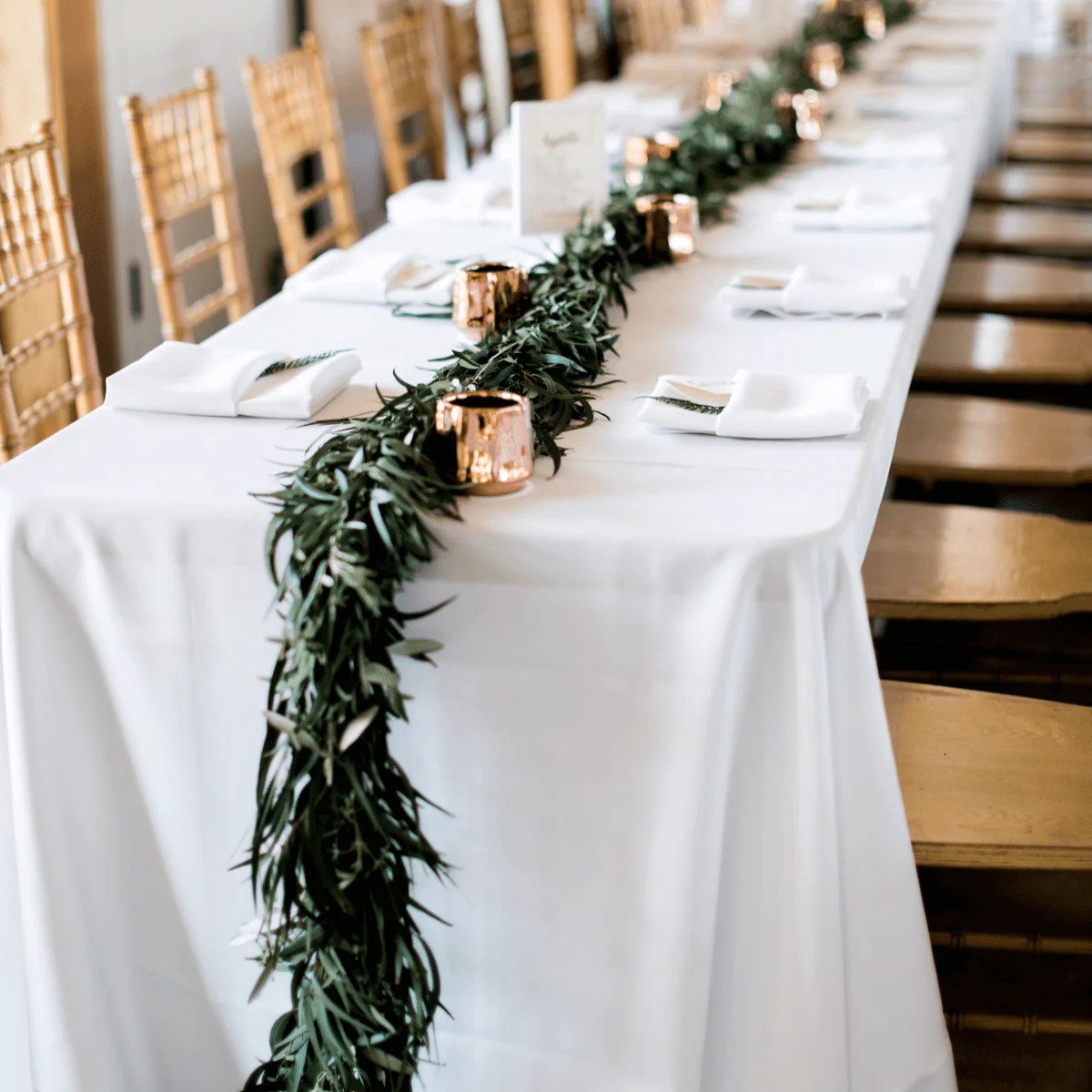

Articles
How To Store Table Cloths
Modified: December 7, 2023
Learn the best methods for storing table cloths in this informative article. Find out how to keep your linens clean, organized, and ready for your next dinner party.
(Many of the links in this article redirect to a specific reviewed product. Your purchase of these products through affiliate links helps to generate commission for Storables.com, at no extra cost. Learn more)
Introduction
Table cloths are a beautiful and functional addition to any dining table or event setting. They not only protect the table surface but also add elegance and style to the overall ambiance. However, when it’s time to store your table cloths, proper care is essential to maintain their quality and prolong their lifespan.
Storing table cloths may seem like a simple task, but it requires attention to detail and a few key steps to ensure that they remain in pristine condition. In this article, we will discuss the different types of table cloths, selecting the right storage space, preparation before storing, folding techniques, wrapping methods, and additional tips for long-term storage.
Whether you have table cloths made of linen, cotton, polyester, or any other material, the tips and techniques provided here will help you store them properly, preserving their beauty and durability for years to come.
Key Takeaways:
- Proper storage of table cloths is essential to maintain their quality and elegance. From selecting the right storage space to using proper folding and wrapping techniques, attention to detail is key to preserving their beauty and durability.
- Different types of table cloths require specific care and attention when it comes to storage. Whether it’s linen, cotton, polyester, satin, or plastic, understanding the unique storage needs of each material is crucial for long-term preservation.
Read more: How To Store Sweaters In Closet
Types of Table Cloths
Table cloths come in a variety of materials, colors, patterns, and sizes, each offering unique features and benefits. Understanding the different types will help you choose the right storage method and care instructions for your specific table cloths. Here are a few commonly used types of table cloths:
- Linen: Linen table cloths are known for their elegance and natural beauty. They are made from flax fibers and are highly absorbent, durable, and lint-free. Linen table cloths are often used for special occasions and formal dining settings.
- Cotton: Cotton table cloths are versatile and come in various weights and finishes. They are breathable, easy to clean, and suitable for everyday use. Cotton table cloths are available in a wide range of colors and patterns, making them a popular choice for casual dining.
- Polyester: Polyester table cloths are versatile and durable. They are resistant to wrinkles, stains, and fading, making them ideal for both indoor and outdoor use. Polyester table cloths are available in a wide range of colors and are often used for events and parties.
- Satin: Satin table cloths are known for their luxurious and silky appearance. They are made from synthetic or silk fibers and add a touch of glamour to any setting. Satin table cloths are often used for weddings, formal dinners, and upscale events.
- Plastic: Plastic table cloths are affordable, waterproof, and easy to clean. They are often used for outdoor events, picnics, and casual gatherings. Plastic table cloths are available in various colors and patterns, but they may not offer the same level of elegance as other materials.
These are just a few examples of the types of table cloths available in the market. Each type has its own unique care requirements and storage methods, which we will discuss further in the following sections.
Selecting the Right Storage Space
Choosing the appropriate storage space for your table cloths is crucial in ensuring their longevity and protection from damage. Here are some factors to consider when selecting the right storage space:
- Clean and Dry: Before storing, ensure that your table cloths are clean and completely dry. Any moisture left on the fabric can lead to mildew or mold growth during storage. Make sure to follow the manufacturer’s cleaning instructions and allow the table cloths to air dry completely before proceeding with storage.
- Temperature and Humidity: It is important to store your table cloths in a cool, dry, and well-ventilated area. Extreme temperatures and high humidity can cause damage to the fabric, such as fading, wrinkling, or even mildew growth. Avoid storing table cloths in areas prone to direct sunlight or excessive moisture, such as basements or attics.
- Protection from Dust and Pests: Choose a storage space that offers adequate protection against dust and pests. Dust can settle on the fabric and cause discoloration or staining over time. Pests, such as moths and insects, can also damage the fabric. Consider using plastic storage containers with tight-fitting lids or vacuum-seal storage bags to keep your table cloths dust-free and protected from pests.
- Space and Accessibility: Depending on the size and number of your table cloths, select a storage space that offers enough room to store them without excessive folding or squishing. Avoid overstuffing or overcrowding the storage containers, as this can lead to wrinkling or creasing. Additionally, choose a storage space that is easily accessible, allowing you to retrieve and store the table cloths conveniently.
By considering these factors and selecting the right storage space, you can ensure that your table cloths remain in perfect condition and ready for use whenever you need them.
Preparation Before Storing
Before storing your table cloths, it is important to take a few preparatory steps to ensure they are in the best possible condition. By following these guidelines, you can prevent any damage or deterioration during the storage period. Here are some essential preparation tips:
- Inspect for Stains or Damage: Thoroughly inspect your table cloths for any stains, spills, or damages. Address any stains or spills by following the appropriate cleaning instructions provided by the manufacturer. Repair any damages, such as loose threads or tears, before storing the table cloths.
- Iron or Steam: To eliminate wrinkles and creases, iron or steam your table cloths before storing. Use the appropriate heat setting for the fabric type to avoid scorching or damaging the material. Alternatively, you can hang the table cloths in a steamy bathroom to allow the steam to naturally release any wrinkles.
- Consider Starch or Fabric Freshener: If desired, you can lightly starch your table cloths to give them a crisper and more formal look when you use them again. Additionally, you can spray a fabric freshener to keep the table cloths smelling pleasant during storage.
- Remove Any Decorative Elements: If your table cloths have any attached decorative elements, such as tassels or embellishments, consider removing them before storing. These elements may be delicate and prone to damage during storage or can cause snags or pulls on the fabric.
- Label and Organize: To make it easier to locate specific table cloths, consider labeling and organizing them before storing. You can use labels or tags to identify the fabric type, color, or occasion for each table cloth. Additionally, you can group them by size or purpose to streamline the retrieval process.
By properly preparing your table cloths before storing, you can ensure that they are in optimal condition and ready to be used whenever needed. Taking these simple steps will help preserve the beauty and longevity of your table cloths for years to come.
Folding Techniques
Proper folding is crucial when it comes to storing table cloths. It helps minimize wrinkles and creases in the fabric, making it easier to maintain their pristine appearance. Here are some folding techniques to consider:
- Rectangle Fold: Lay the table cloth flat on a clean surface and fold it in half lengthwise. Then, fold it in half widthwise. Smooth out any wrinkles as you go. Finally, fold the table cloth into thirds or quarters, depending on the size, until it forms a neat rectangle.
- Square Fold: Start by folding the table cloth diagonally to form a triangle. Next, fold the table cloth in half, bringing one corner to meet the opposite corner. Smooth out any wrinkles and continue folding the table cloth in half until you have a square shape.
- Accordion Fold: Lay the table cloth flat on a clean surface and fold one edge to the center. Repeat this on the opposite edge, creating an accordion-like fold. Continue folding the table cloth in this manner until you reach the end. Then, fold the entire table cloth in half or thirds for easier storage.
When folding your table cloths, it is essential to handle them with care and avoid excessive pressure or rough handling that may damage the fabric. Take your time to ensure that the folds are neat and even to minimize any creases or wrinkles. If possible, use acid-free tissue paper or cotton fabric between folds to provide extra protection and prevent any color transfer between layers.
Remember to keep the folded table cloths flat and avoid stacking them on top of each other to prevent unnecessary pressure and creasing. Stacking them vertically in a storage container or hanging them in a garment bag can help maintain their shape and reduce the chances of wrinkling.
By using these folding techniques and proper handling, you can ensure that your table cloths are stored efficiently and ready to use whenever you need them.
Store table cloths by folding them neatly and placing them in a breathable storage bag or container to prevent mildew. Avoid storing them in plastic, as it can trap moisture.
Read more: How To Store Stemware
Wrapping the Table Cloths
After folding your table cloths, it is important to wrap them properly to provide an additional layer of protection against dust, moisture, and potential damage. Here are some methods to consider when wrapping your table cloths:
- Plastic Bags: Place each folded table cloth into separate plastic bags to protect them from dust and moisture. Make sure the bags are clean and dry before inserting the table cloths. Seal the bags tightly to prevent any air or moisture from entering.
- Zip-Top Bags: If you prefer a more secure option, consider using zip-top bags instead of standard plastic bags. This provides added protection and makes it easier to retrieve and store the table cloths without having to untie or reseal anything.
- Vacuum-Seal Bags: For long-term storage or if you have limited space, vacuum-seal bags can be a great option. These bags remove excess air, reducing the amount of storage space required. Place the folded table cloth into the bag, seal it using a vacuum cleaner or pump, and compress it until all the air is removed.
- Fabric Bags: If you prefer to avoid plastic, consider using fabric bags or pillowcases to wrap and store your table cloths. These can offer a more breathable alternative while still providing protection against dust and dirt. Make sure the bags are clean and dry before use.
When wrapping your table cloths, it’s important to remember not to wrap them too tightly, as this may lead to unnecessary wrinkles or creases. The table cloths should be able to maintain their folded shape without being compressed too tightly in the wrapping.
Label each wrapped table cloth with its respective information, such as the fabric type, size, or occasion, to make it easier to locate and retrieve when needed. This will save you time and effort in the future, especially if you have multiple table cloths stored in the same area.
By following these wrapping techniques, you can ensure that your table cloths remain well-protected and in excellent condition until their next use.
Storing the Table Cloths
Once you have properly folded and wrapped your table cloths, it’s essential to store them in a suitable location to maintain their quality and prolong their lifespan. Here are some tips for storing your table cloths:
- Choose a Clean and Dry Storage Area: Select a clean and dry storage area to keep your table cloths. Avoid areas prone to high humidity, such as basements or attics, as they can promote mold or mildew growth. A closet or wardrobe in a living area is generally a suitable option.
- Use Storage Containers: Consider using storage containers to keep your table cloths organized and protected. Opt for containers made of durable plastic with tight-fitting lids to prevent dust, moisture, and pests from entering. Label the containers for easy identification.
- Arrange the Table Cloths Vertically: Instead of stacking the table cloths on top of each other, arrange them vertically in the storage containers. This method helps reduce the risk of creasing or wrinkling and makes it easier to access a specific table cloth without disturbing the others.
- Avoid Overstuffing: Avoid overfilling the storage containers with too many table cloths, as this can lead to unnecessary pressure and potentially damage the fabric. Leave some room for air circulation to prevent excessive wrinkling or creasing.
- Keep Away from Direct Sunlight: Protect your table cloths from direct sunlight, as prolonged exposure can lead to fading or discoloration. If storing in a room with windows, choose a storage area that is away from direct sunlight or use curtains or blinds to block the sunlight.
- Check Periodically: It’s a good idea to check on your stored table cloths periodically to ensure they remain in good condition. Look for any signs of moisture, pests, or damage, and address any issues promptly to prevent further deterioration.
Remember to handle the stored table cloths with care when retrieving or rearranging them. Avoid dragging or pulling the fabric forcefully, as this can cause unnecessary damage or wrinkles. Take the time to unfold and arrange them properly when you need to use them again.
By following these storing tips, you can maintain the quality of your table cloths and ensure that they are ready to be used whenever you have a special occasion or event to host.
Additional Tips for Long-Term Storage
If you plan to store your table cloths for an extended period, such as seasonal storage or for future use, there are additional steps you can take to ensure their longevity. Here are some tips for long-term storage:
- Avoid Plastic Hangers: If you choose to hang your table cloths for storage, avoid using plastic hangers. Plastic hangers can cause indentations or stretching in the fabric. Instead, opt for padded or fabric-covered hangers to prevent any damage.
- Consider Acid-Free Tissue Paper: To provide extra protection and prevent any color transfer between folded layers, you can place acid-free tissue paper between the folds of your table cloths. This will help maintain their original beauty and quality.
- Temperature and Humidity Control: If you have access to temperature and humidity control options, such as a climate-controlled storage area, it is beneficial for long-term storage. Keeping the environment stable helps prevent the fabric from deteriorating due to extreme temperature or humidity fluctuations.
- Rotate and Refold: To prevent permanent creases or wrinkles from setting in, consider rotating and refolding your stored table cloths occasionally, especially if they haven’t been used for a long time. Gently unfold and refold them in a different pattern to distribute any pressure points.
- Avoid Mothballs: While it’s important to protect your table cloths from pests, it’s best to avoid using mothballs or strong-smelling pesticides. These can leave behind unpleasant odors or potentially damage the fabric. Instead, use natural remedies like cedar blocks or lavender sachets to deter pests.
- Properly Clean Before Use: Before using your stored table cloths, take the time to properly clean them. Follow the manufacturer’s instructions for washing or dry cleaning to ensure that they are fresh, clean, and ready for your next gathering.
By following these additional tips for long-term storage, you can help preserve the quality and beauty of your table cloths for years to come. Taking proper care during storage ensures that they remain in excellent condition, ready to be enjoyed whenever you use them next.
Conclusion
Properly storing your table cloths is essential for maintaining their quality, prolonging their lifespan, and ensuring they are ready for use whenever you need them. By following the tips and techniques outlined in this article, you can protect your table cloths from damage, wrinkles, and discoloration, allowing them to retain their beauty and elegance for years to come.
From selecting the right storage space to folding techniques, wrapping methods, and storing precautions, each step plays a crucial role in preserving the fabric and maintaining its pristine condition. Whether you have linen, cotton, polyester, satin, or plastic table cloths, each material requires specific care and attention to optimize their storage.
Remember to inspect and prepare your table cloths before storing them, ensuring they are clean, dry, and free from any stains or damages. Proper folding techniques help minimize wrinkles and creases, while suitable wrapping methods, whether using plastic bags, fabric bags, or vacuum-seal bags, provide an additional layer of protection against dust and moisture.
Choosing the right storage area, considering temperature and humidity control, and avoiding direct sunlight or pests are essential factors in maintaining the condition of your table cloths during long-term storage. Additionally, periodically checking on and refolding your stored table cloths and properly cleaning them before use will help ensure their optimal state when you’re ready to showcase them again.
By implementing these strategies and investing a little extra time and effort in storing your table cloths, you can preserve their quality and extend their lifespan. Whether you’re hosting a special occasion or enjoying a casual dinner at home, your stored table cloths will always be ready to add a touch of elegance and charm to any setting.
Frequently Asked Questions about How To Store Table Cloths
Was this page helpful?
At Storables.com, we guarantee accurate and reliable information. Our content, validated by Expert Board Contributors, is crafted following stringent Editorial Policies. We're committed to providing you with well-researched, expert-backed insights for all your informational needs.
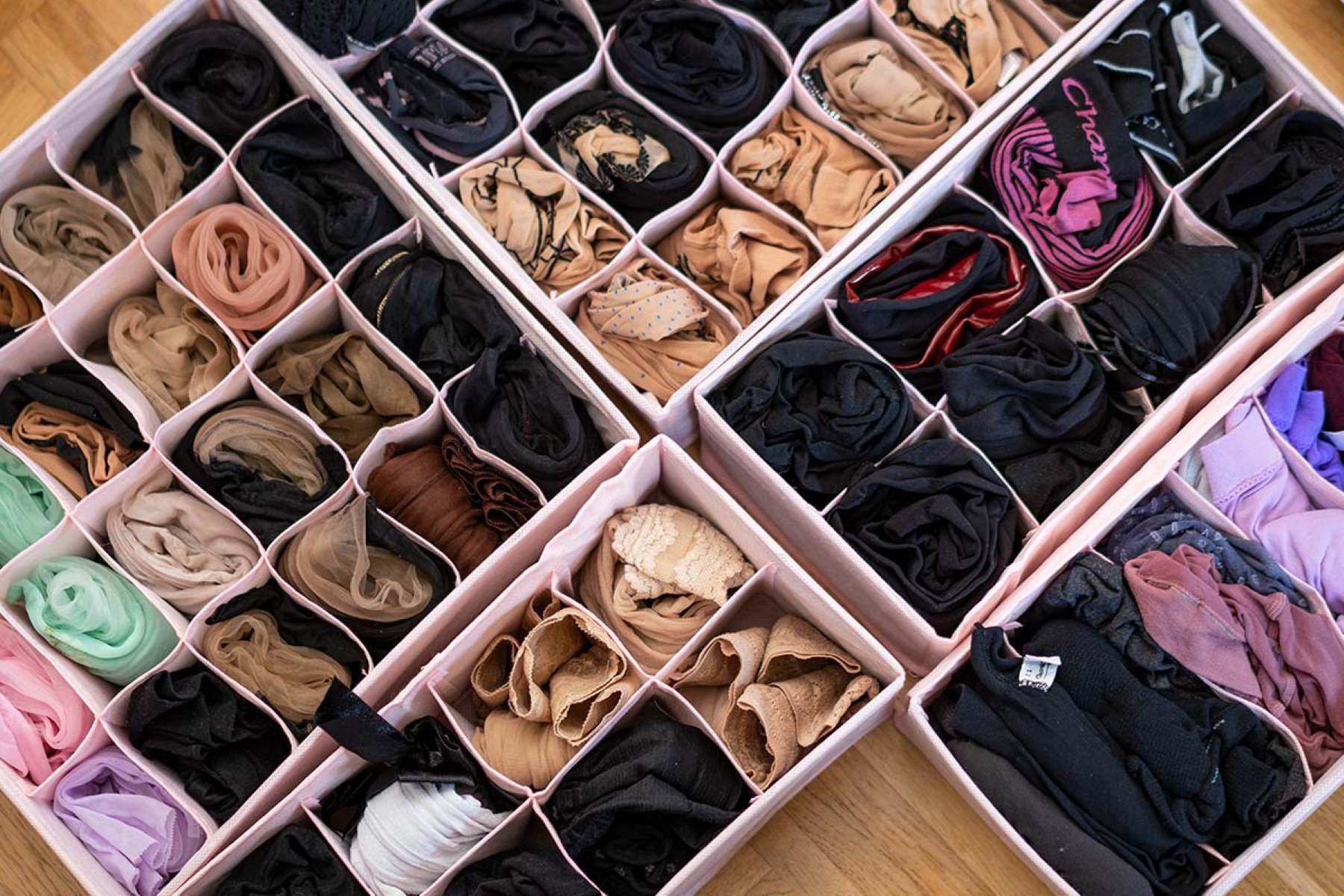
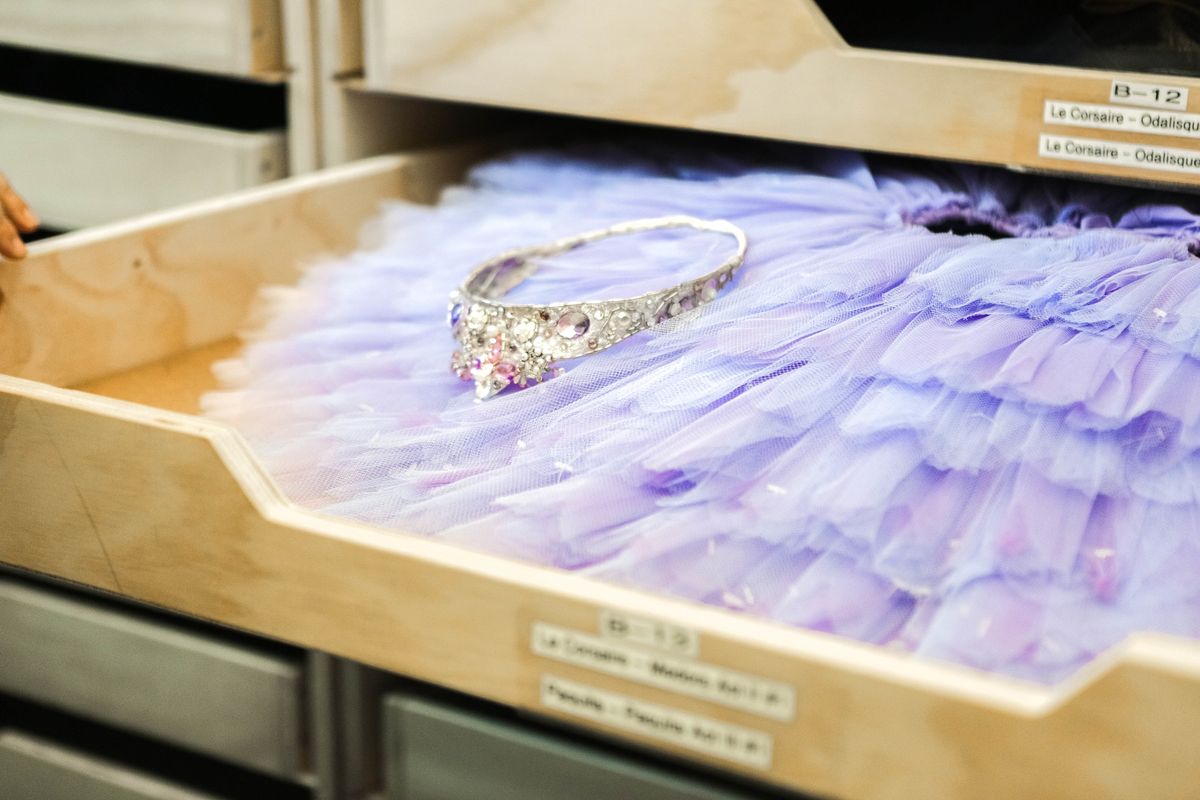

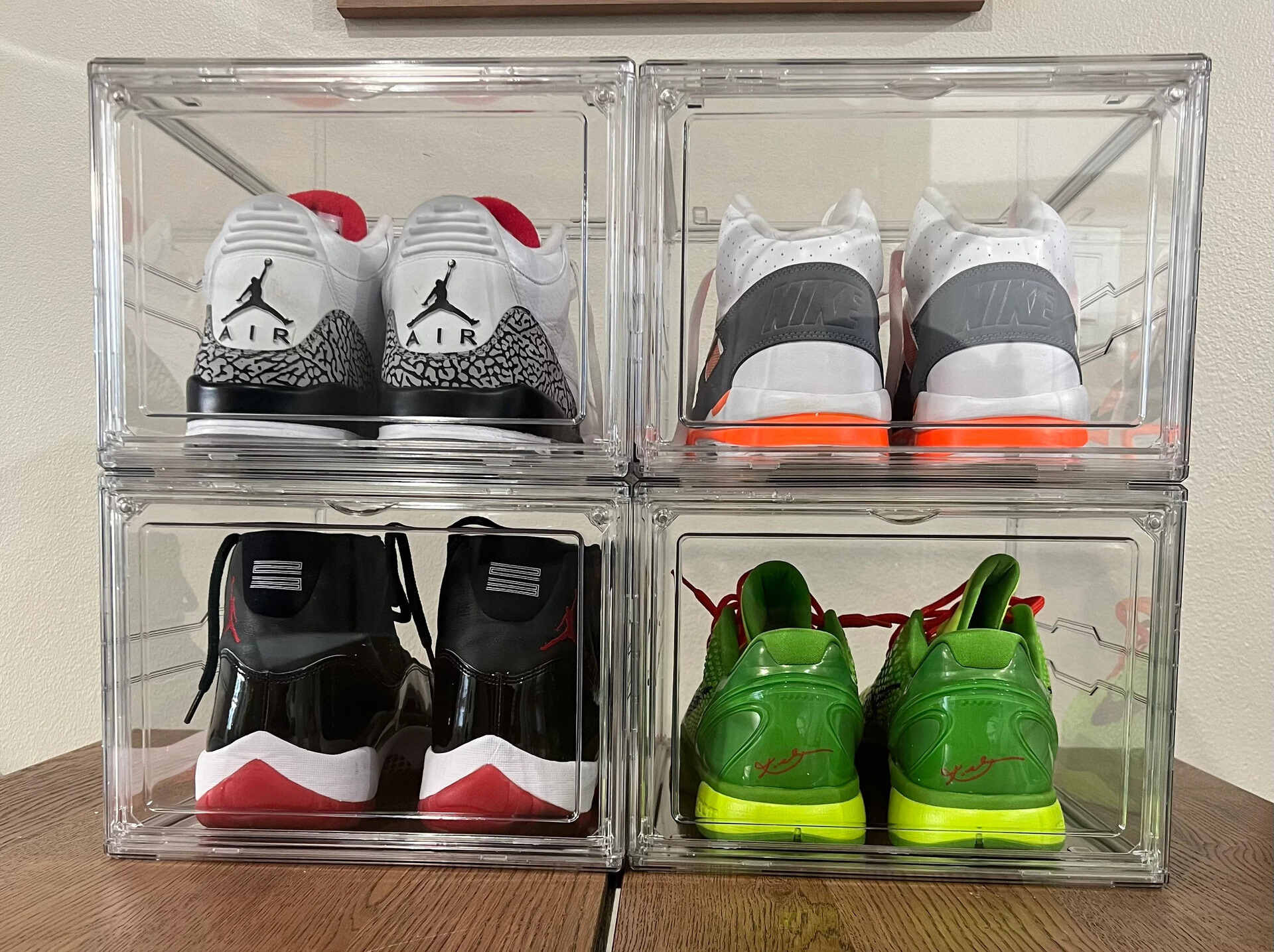
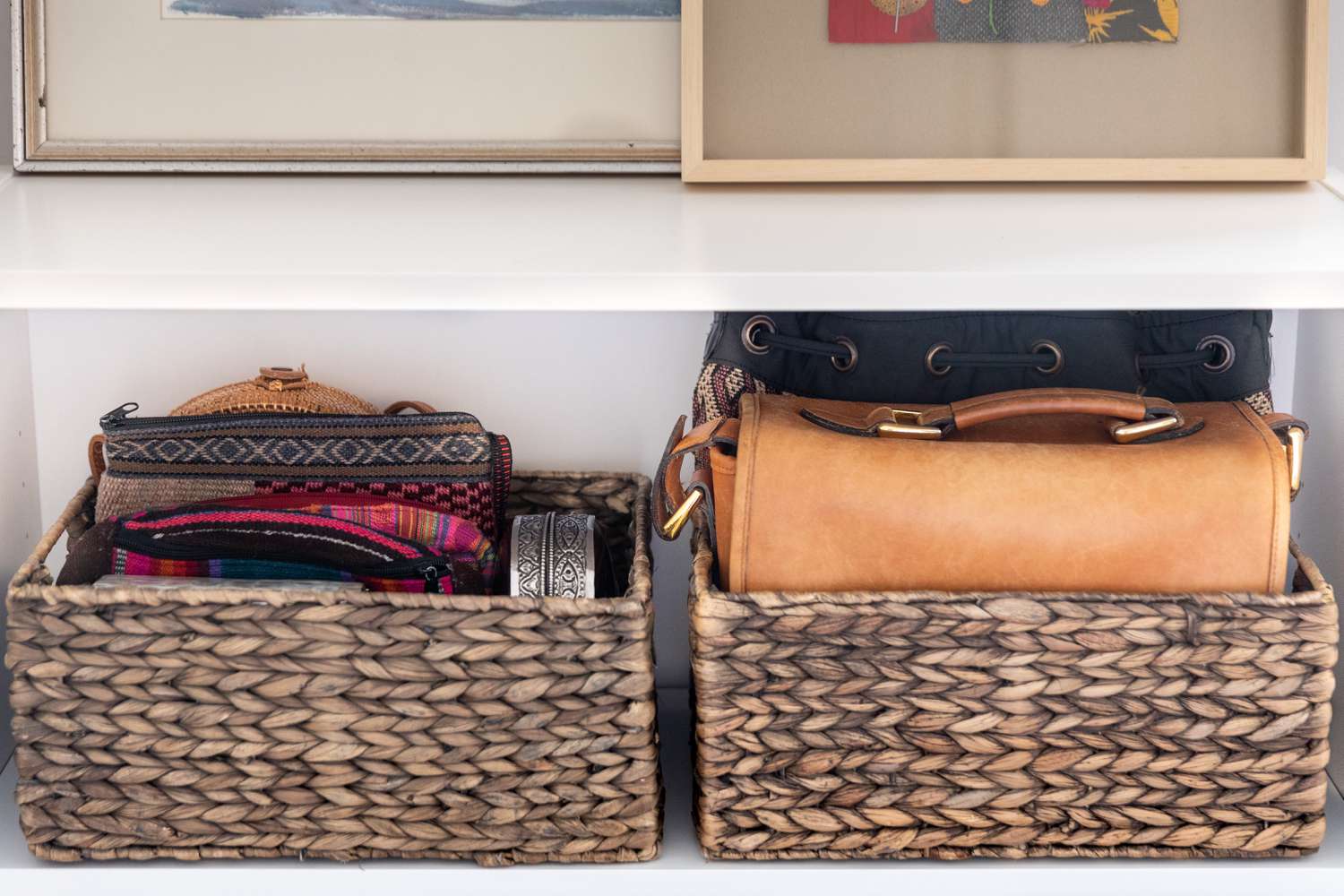
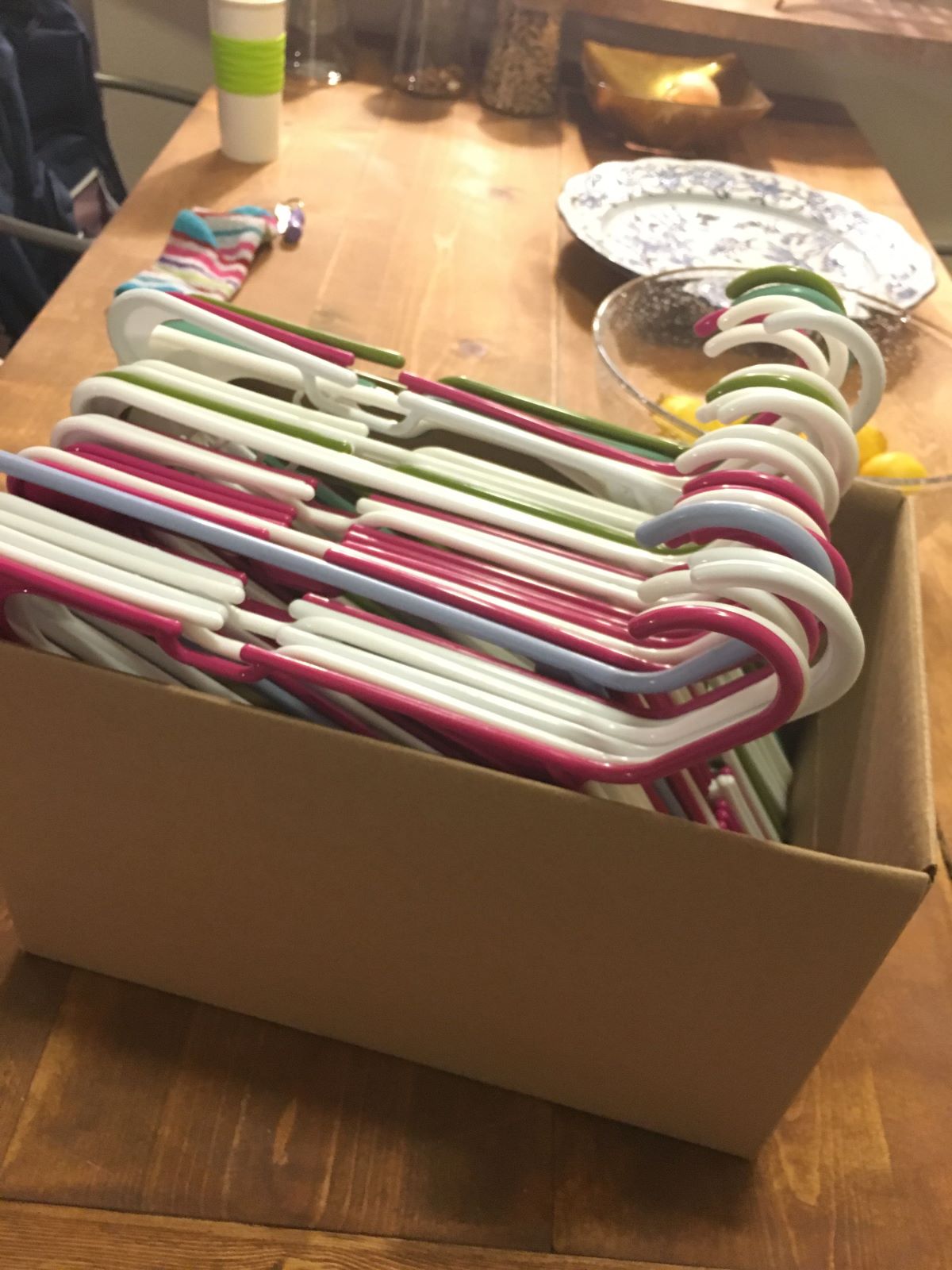
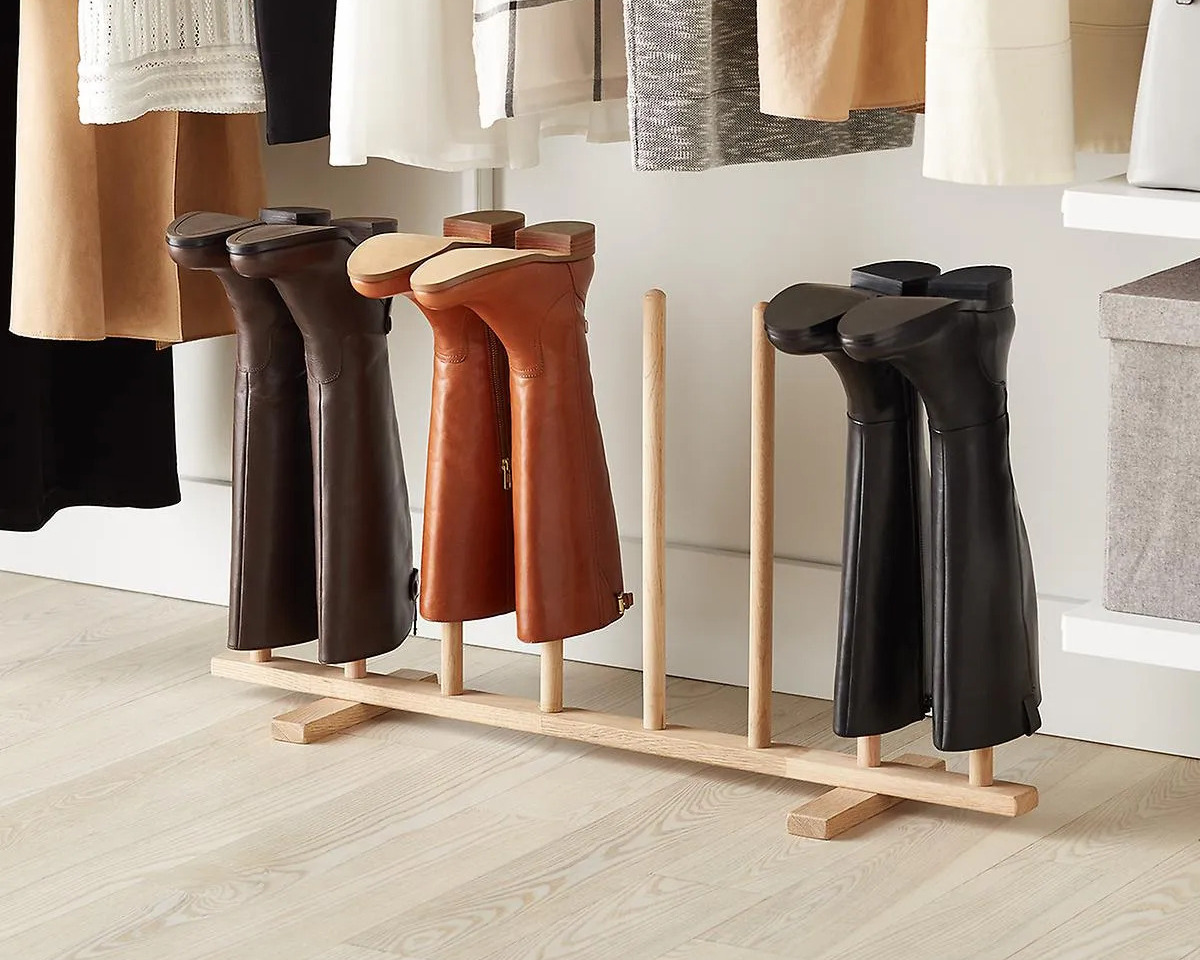
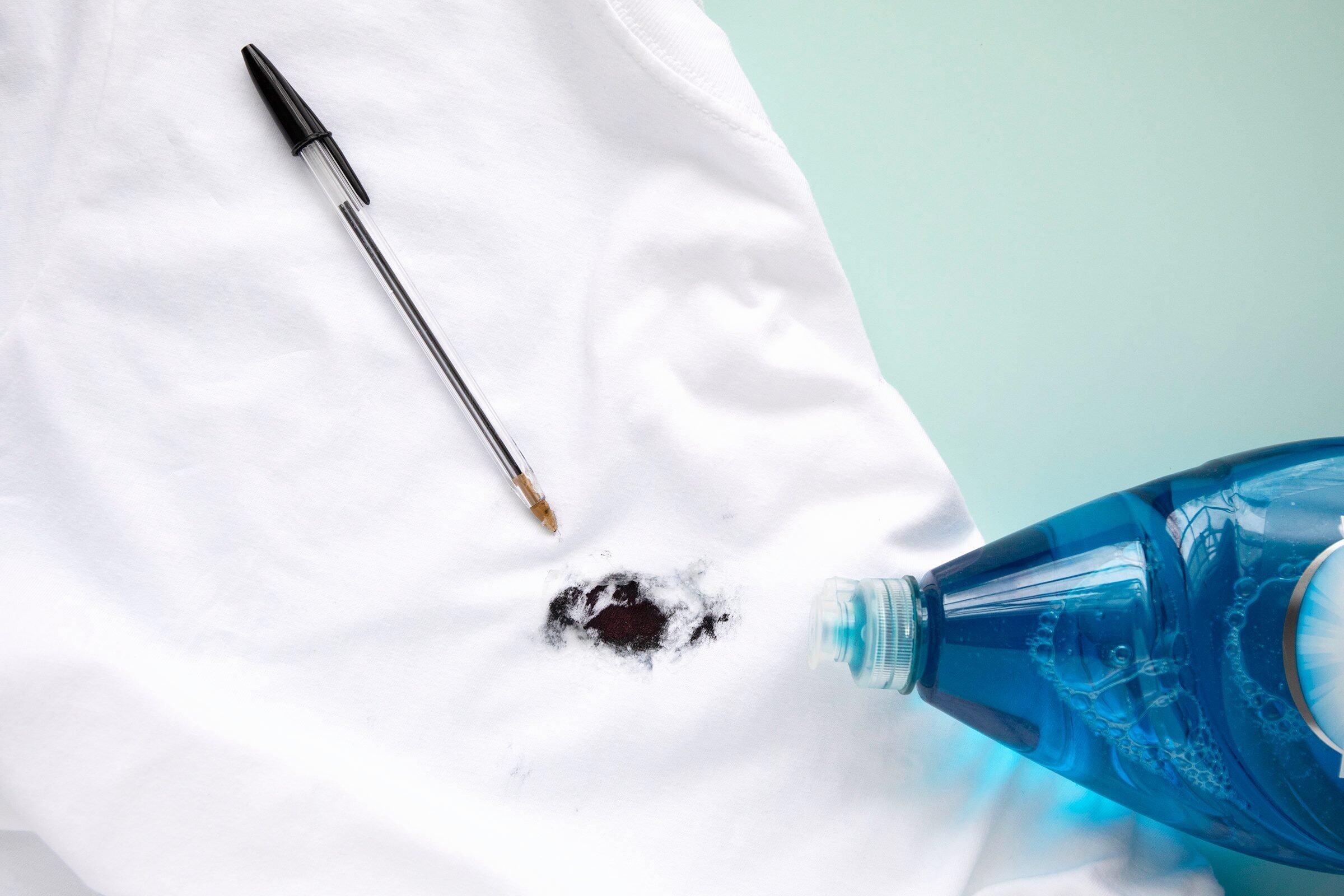
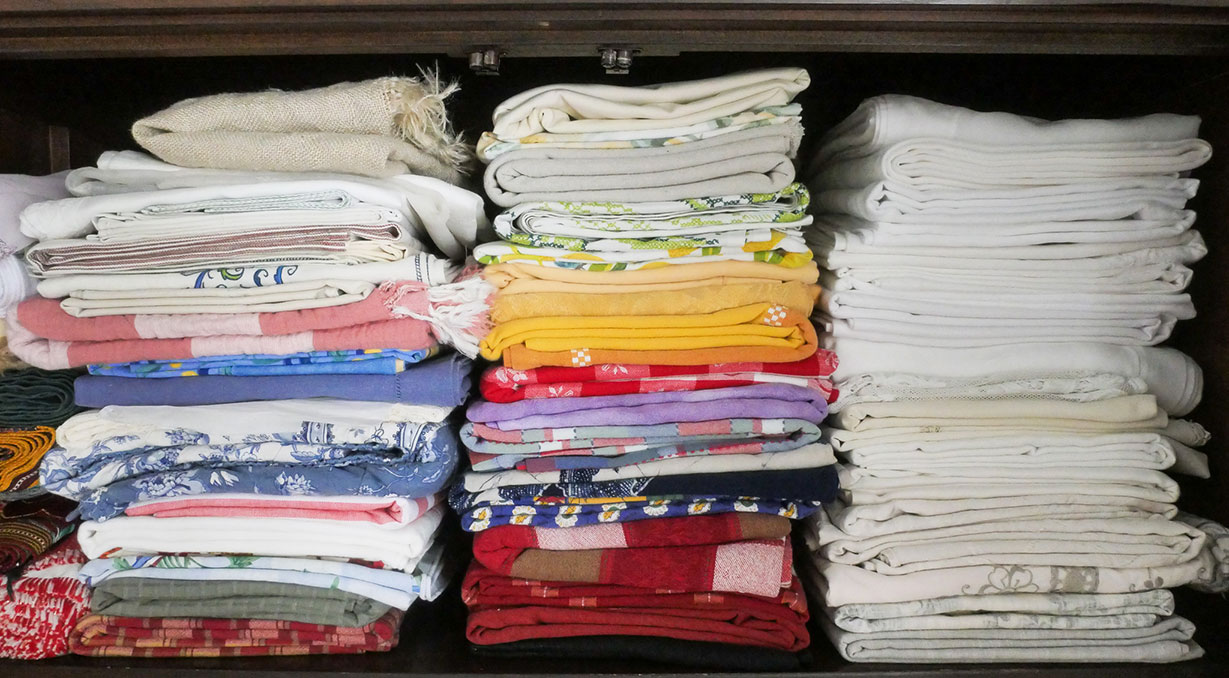
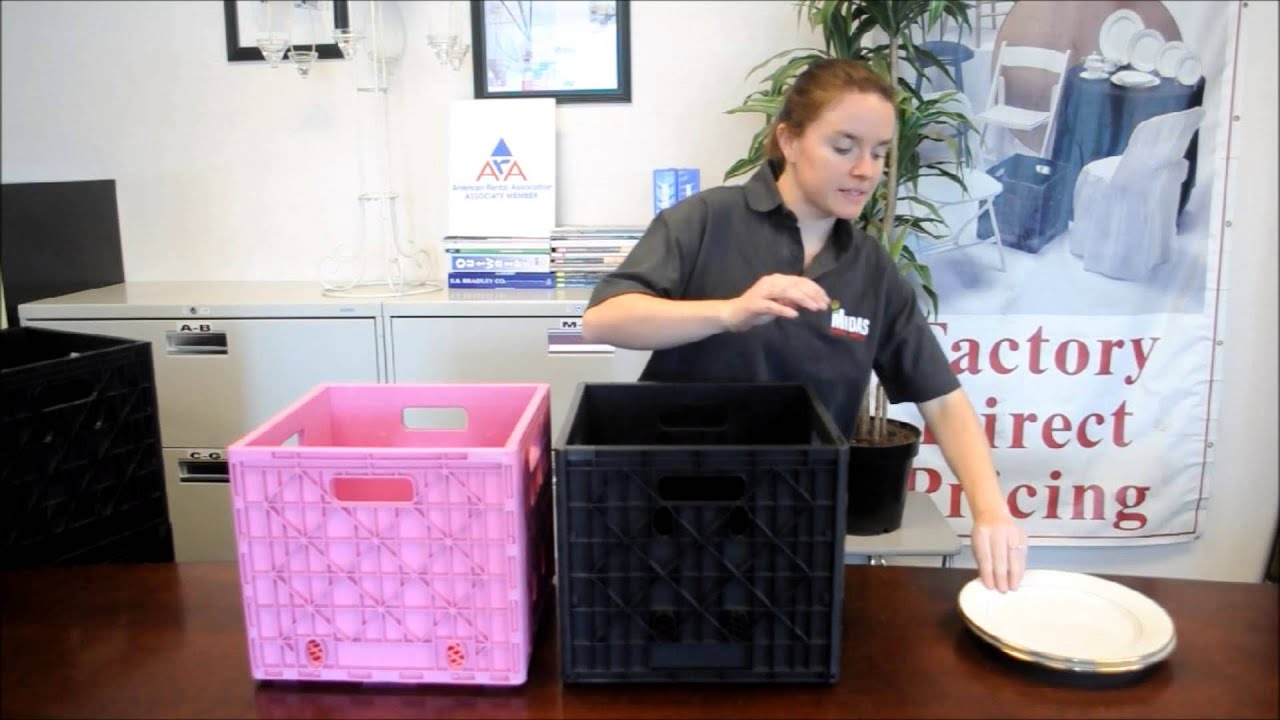
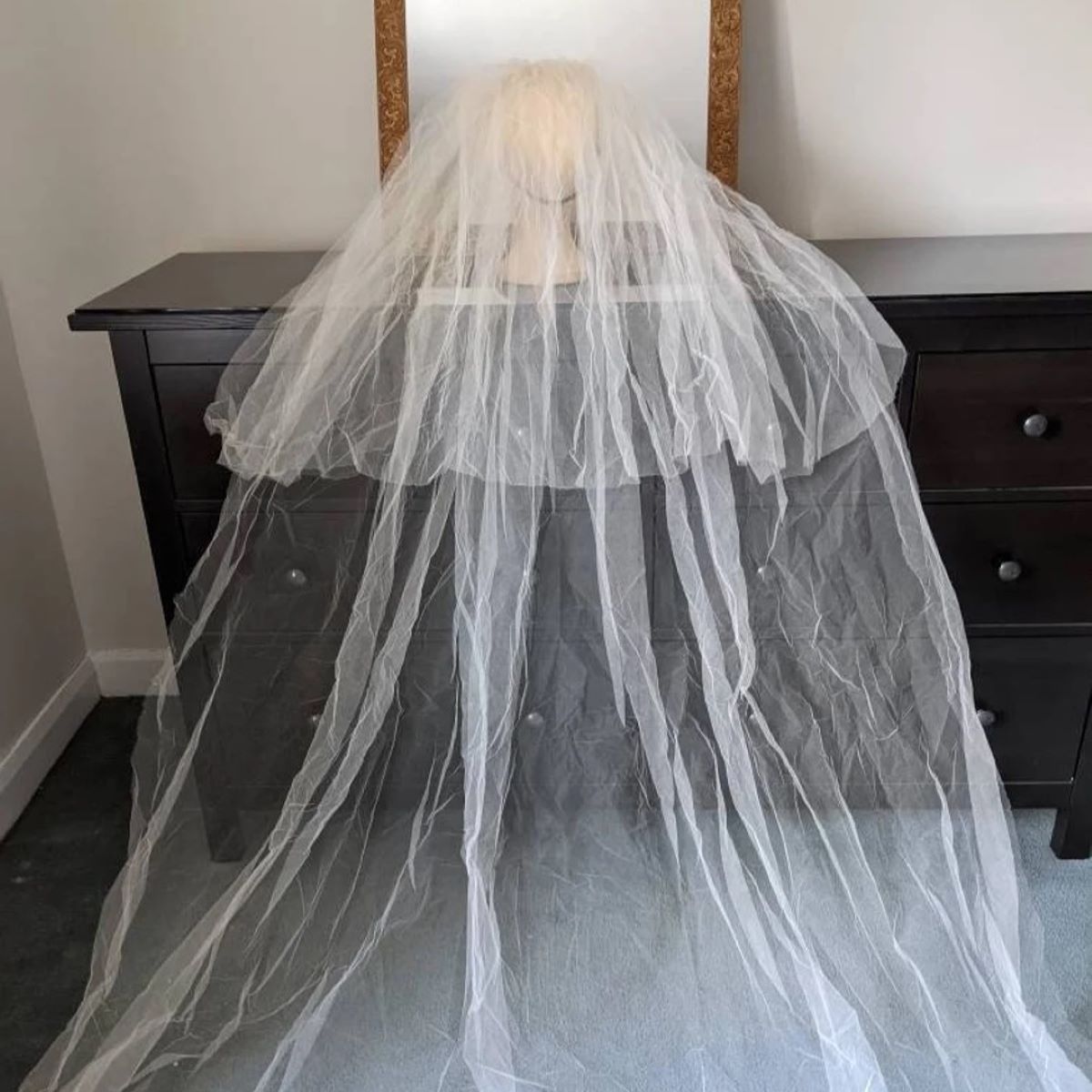

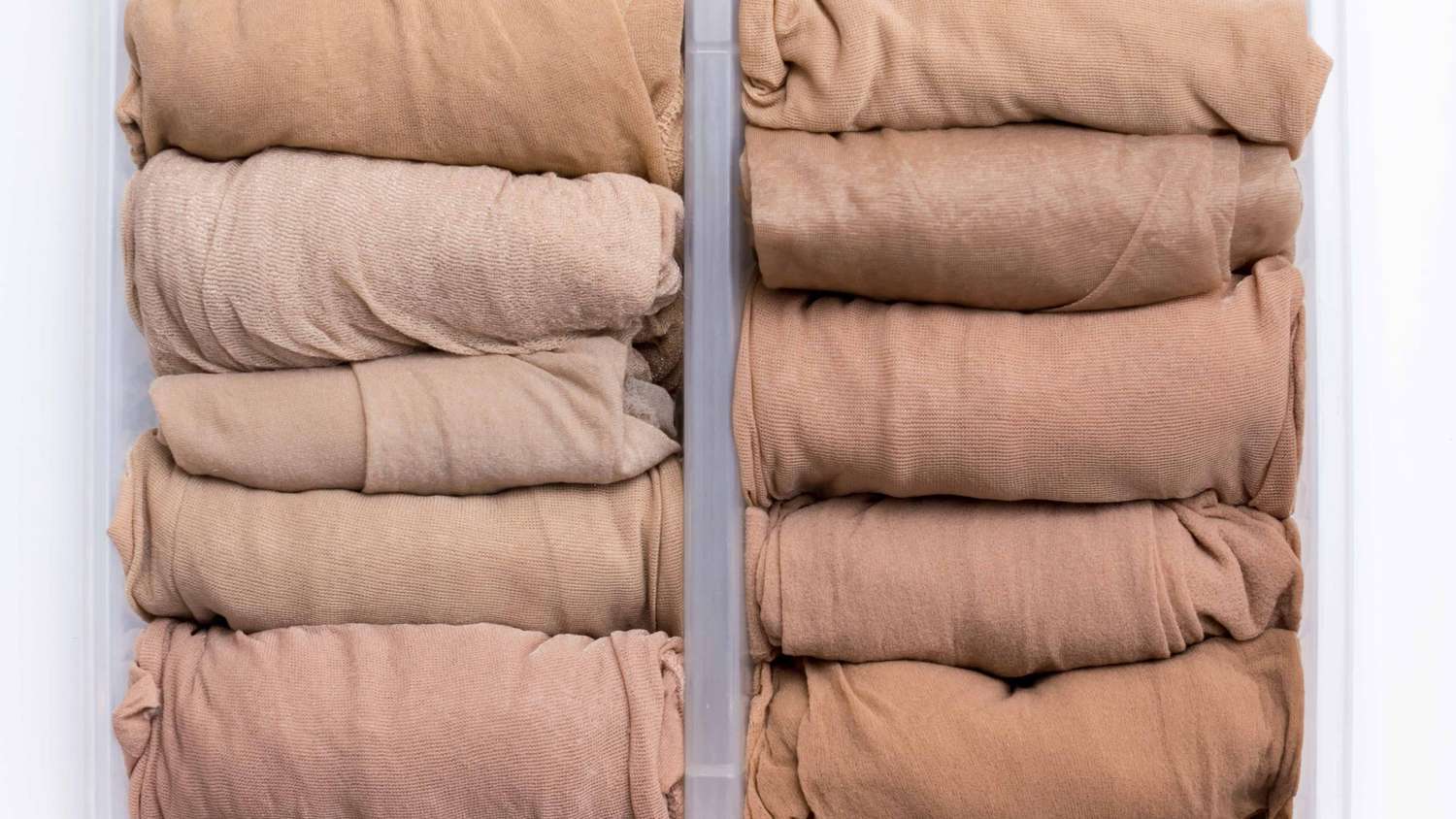
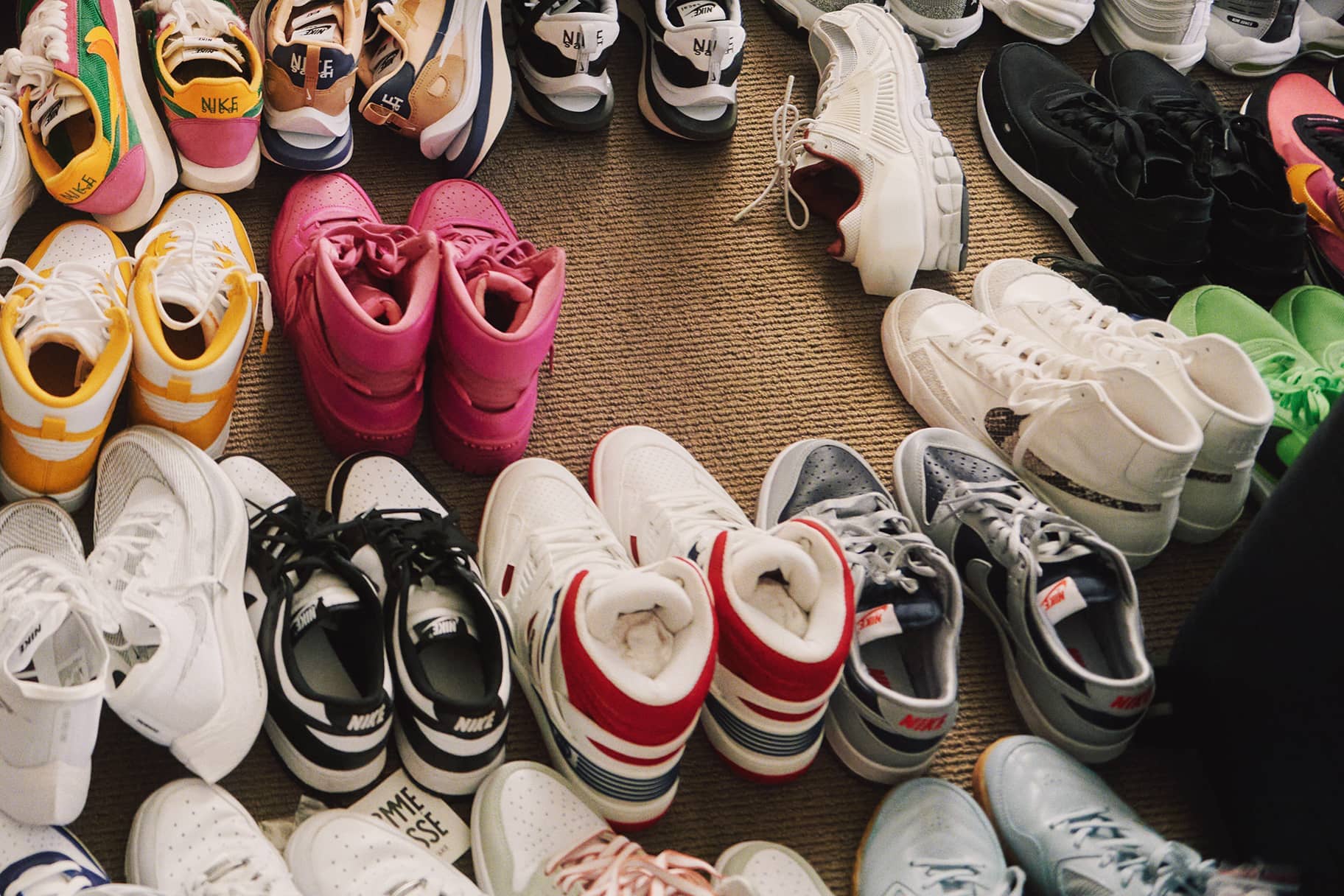

0 thoughts on “How To Store Table Cloths”